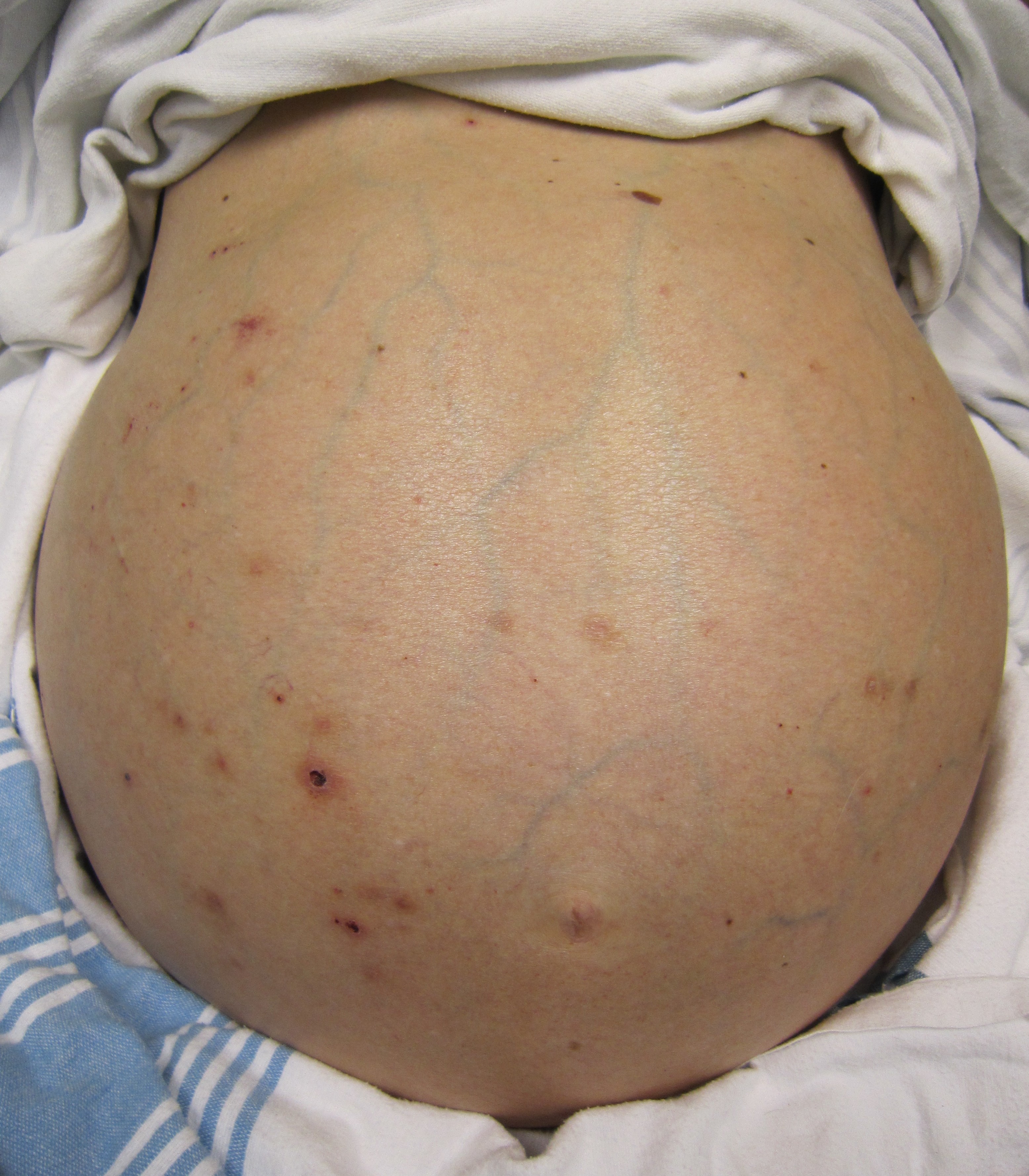A nurse is caring for a patient who is receiving total parenteral nutrition (TPN). Which of the following conditions should the nurse monitor the patient for as a complication of TPN?
Aspiration
Polyuria
C. Stomatitis
Abdominal distention
The Correct Answer is D
Choice A rationale
Aspiration is not a common complication of TPN. TPN is administered intravenously, bypassing the gastrointestinal tract, which reduces the risk of aspiration. Choice B rationale
Polyuria, or excessive urination, is not typically a direct complication of TPN. However, the fluid balance of patients on TPN should be monitored, as both overhydration and dehydration can lead to urinary changes.
Choice C rationale
Stomatitis, or inflammation of the mouth and lips, is not a common complication of TPN. Since TPN bypasses the gastrointestinal tract, it does not typically cause oral complications.
Choice D rationale
Abdominal distention can occur as a complication of TPN. This is because TPN can cause an imbalance in the gut flora, leading to gas production and bloating. Additionally, if a patient on TPN has an underlying condition that affects gut motility, they may experience abdominal distention.

Nursing Test Bank
Naxlex Comprehensive Predictor Exams
Related Questions
Correct Answer is D
Explanation
Choice A rationale
While it’s true that bulimia nervosa can have serious health consequences, telling the patient that they “should stop because they need to” may come across as dismissive of the patient’s struggle. It’s important to remember that bulimia nervosa is a complex mental health disorder that often requires professional treatment.
Choice B rationale
Asking the patient why they engage in their behavior might seem like a logical question, but it could potentially make the patient feel defensive or blamed for their condition. It’s important to approach the conversation with empathy and understanding.
Choice C rationale
While it’s important to validate the patient’s feelings and experiences, saying “I’m proud of you for recognizing that this behavior is not normal” might not be the most therapeutic response. This statement could potentially reinforce the idea that their behavior is “abnormal,” which could lead to feelings of shame or guilt.
Choice D rationale
Expressing empathy and understanding, as in “It seems like you are feeling helpless about this behavior,” can be a therapeutic response. This statement acknowledges the patient’s feelings and opens up the conversation for further exploration of their experiences and potential coping strategies.
Correct Answer is A
Explanation
Choice A rationale
An elevated white blood cell (WBC) count in a urinalysis can indicate an infection or inflammation in the body. A count of 10 is higher than the normal range, which is typically 0 to 5 WBCs per high power field.
Choice B rationale
Occasional casts in the urine are not typically a cause for concern. Casts are tiny tube-shaped particles that can form due to kidney conditions, but occasional casts can be normal.
Choice C rationale
A pH of 5.0 is within the normal range for urine pH, which is typically between 4.6 and 8.0.
Therefore, this result would not typically need to be communicated to the provider.
Choice D rationale
Dark amber color of the urine can be a sign of dehydration, but it can also be influenced by certain foods, medications, and health conditions. It is not typically a result that needs to be communicated to the provider.
Whether you are a student looking to ace your exams or a practicing nurse seeking to enhance your expertise , our nursing education contents will empower you with the confidence and competence to make a difference in the lives of patients and become a respected leader in the healthcare field.
Visit Naxlex, invest in your future and unlock endless possibilities with our unparalleled nursing education contents today
Report Wrong Answer on the Current Question
Do you disagree with the answer? If yes, what is your expected answer? Explain.
Kindly be descriptive with the issue you are facing.
